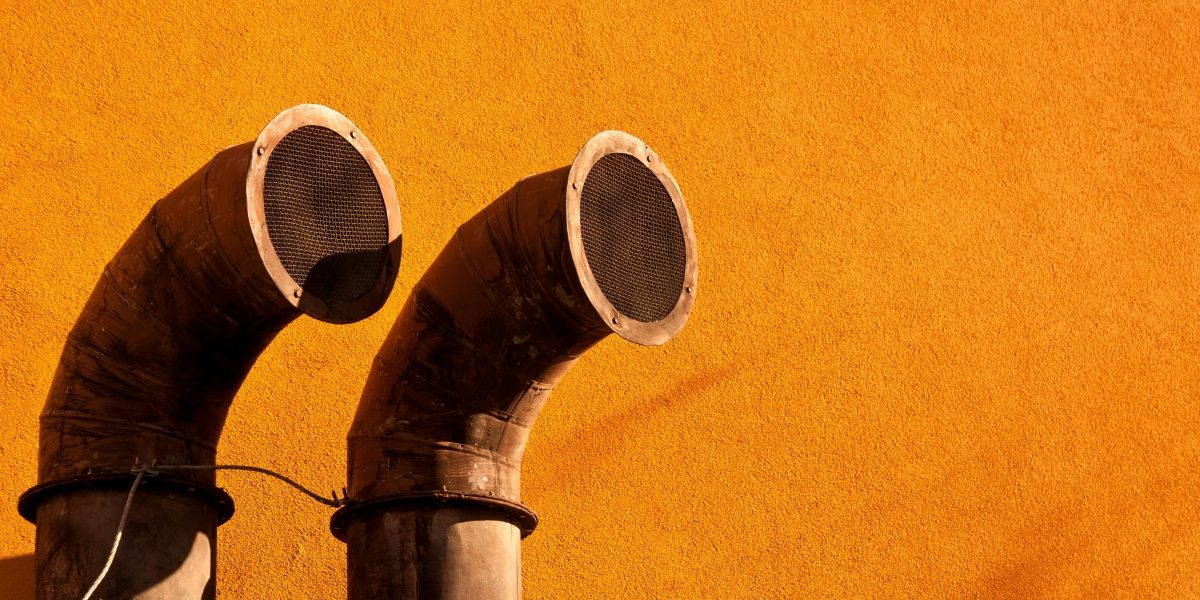By: Optimized Airflow
When your aging HVAC system breaks down on the summer’s hottest day, you’re faced with more than just discomfort – you’re confronting a decision that impacts your finances, health, and the environment. Across America, homeowners grapple with this scenario daily, pouring money into inefficient systems while unknowingly compromising their indoor air quality and contributing to environmental degradation. The stark reality is that outdated HVAC systems create a triple threat that extends far beyond temperature control.
As energy costs soar and climate concerns intensify, the true cost of maintaining outdated heating and cooling systems has become impossible to ignore. Modern research reveals that these aging systems don’t just strain our wallets – they’re actively undermining our health and accelerating environmental damage. Understanding this triple threat is crucial for every homeowner facing the repair-or-replace dilemma.
The Financial Burden: More Than Just Monthly Bills
Let’s talk numbers. According to ENERGY STAR data, upgrading to a modern HVAC system can slash energy costs by over 20%. But that’s just the beginning. As a former HVAC technician recently shared with me, “I see homeowners spending thousands on band-aid repairs when a new system would pay for itself in just a few years.”
Consider Sarah, a homeowner in Atlanta, who tracked her HVAC expenses over five years. Her 15-year-old system required repairs averaging $800 annually, while her energy bills were consistently 30% higher than her neighbors with newer units. After installing a modern system, her monthly energy costs dropped by $150, and she hasn’t needed a repair in two years.
The hidden costs go beyond routine maintenance. Older systems struggle during extreme weather events, leading to higher emergency repair costs and potential damage to other home systems. Factor in rising labor costs and parts availability issues, and the financial burden becomes even more significant.
Health Implications: The Air You Breathe
The health impact of outdated HVAC systems is perhaps the most overlooked aspect of this triple threat. Modern research has established clear links between poor indoor air quality and various respiratory conditions. Dr. Jennifer Martinez, a pulmonologist specializing in indoor air quality, notes, “We’re seeing a dramatic increase in respiratory issues directly related to inadequate ventilation and filtration systems.”
- Mold and bacteria thrive in aging HVAC systems
- Outdated filtration fails to capture microscopic pollutants
- Poor ventilation leads to increased CO2 levels
- Post-COVID awareness highlights the critical importance of air exchange
A recent study by the Indoor Air Quality Association found that homes with HVAC systems over 15 years old had significantly higher levels of airborne pollutants, including volatile organic compounds (VOCs) and particulate matter. These contaminants have been linked to increased rates of asthma, allergies, and other respiratory conditions.
The pandemic has brought indoor air quality into sharp focus. Old HVAC systems often lack the capability to implement modern ventilation standards, which call for higher air exchange rates and better filtration. This deficiency can create an environment where airborne pathogens circulate more freely.
Environmental Impact: A Global Perspective
Here’s a sobering fact: residential HVAC systems account for approximately 15% of U.S. electricity consumption. Older units not only consume more energy but often use refrigerants with higher global warming potential. The R-410A refrigerant commonly found in older systems has a global warming potential 2,088 times that of CO2. Newer alternatives like R-32 cut this impact by two-thirds.
The environmental toll extends beyond energy use. Each year, millions of HVAC units end up in landfills, leaching harmful chemicals into soil and groundwater. The manufacturing and disposal cycle creates a significant carbon footprint that modern, longer-lasting systems help reduce.
Recent environmental studies indicate that upgrading just 20% of the nation’s oldest residential HVAC systems could reduce carbon emissions by an amount equivalent to taking 1.2 million cars off the road. The impact becomes even more significant when considering commercial systems.
Solutions: A Path Forward
The good news? Solutions exist at every price point. Here’s a practical roadmap for homeowners:
Immediate Steps (Low Cost)
- Schedule professional maintenance twice yearly
- Install a smart thermostat (potential 10-15% energy savings)
- Seal and insulate ductwork
- Replace filters monthly
- Conduct regular system performance audits
Strategic Upgrades (Medium to High Investment)
- Consider heat pump technology for moderate climates
- Explore geothermal options for long-term savings
- Plan for zoned system installations
- Integrate smart home technology for optimal performance
Making the Decision: A Practical Framework
When evaluating your HVAC situation, consider these key factors:
- System age (15+ years typically signals replacement time)
- Monthly operating costs (track for 3-6 months)
- Repair frequency and costs
- Indoor air quality concerns
- Environmental impact priorities
- Available financing options
- Long-term property value implications
Remember, the best time to plan an upgrade is before your system fails. As Justin Stephens, owner of Optimized Air Heating & Cooling, explains, “Emergency replacements always cost more and limit your options. Planning lets you choose the most efficient solution for your specific situation.”
Looking Ahead: The Future of Home Climate Control
The HVAC industry is evolving rapidly. Smart systems with AI-driven efficiency, solar integration, and advanced air purification are becoming standard features. These innovations promise even greater savings and environmental benefits in the years ahead. Industry experts predict that by 2025, over 40% of new HVAC installations will include smart technology components.
Emerging technologies like variable refrigerant flow (VRF) systems and magnetic bearing compressors are revolutionizing efficiency standards. These advancements, combined with improved building envelope technologies, are creating opportunities for unprecedented energy savings and comfort control.
The choice to upgrade your HVAC system isn’t just about comfort – it’s an investment in your health, financial future, and the planet. While the initial costs may seem daunting, the long-term benefits make it one of the most impactful home improvements you can make.
Take action today: Start by scheduling a professional assessment of your current system. Understanding where you stand is the first step toward better air quality, lower bills, and a smaller environmental footprint. Your wallet, your health, and our planet will thank you.
Remember, every day you continue operating an inefficient system is another day of unnecessary expenses and environmental impact. The sooner you address these issues, the greater the long-term benefits will be. Consider this your wake-up call to take control of your home’s climate future.
Disclaimer: The information in this article is for educational purposes only and not intended as financial, medical, environmental, or professional advice. While we aim to provide accurate and up-to-date information, individual results may vary, and we recommend consulting qualified professionals before making decisions. References to savings, health benefits, and environmental impacts are based on general data, research, and anecdotal examples, and actual outcomes depend on factors like location, system type, and usage. Testimonials reflect personal experiences and may not represent typical results.
Published by Joseph T.

















